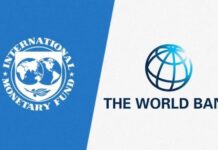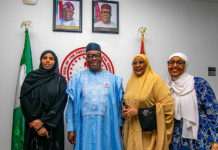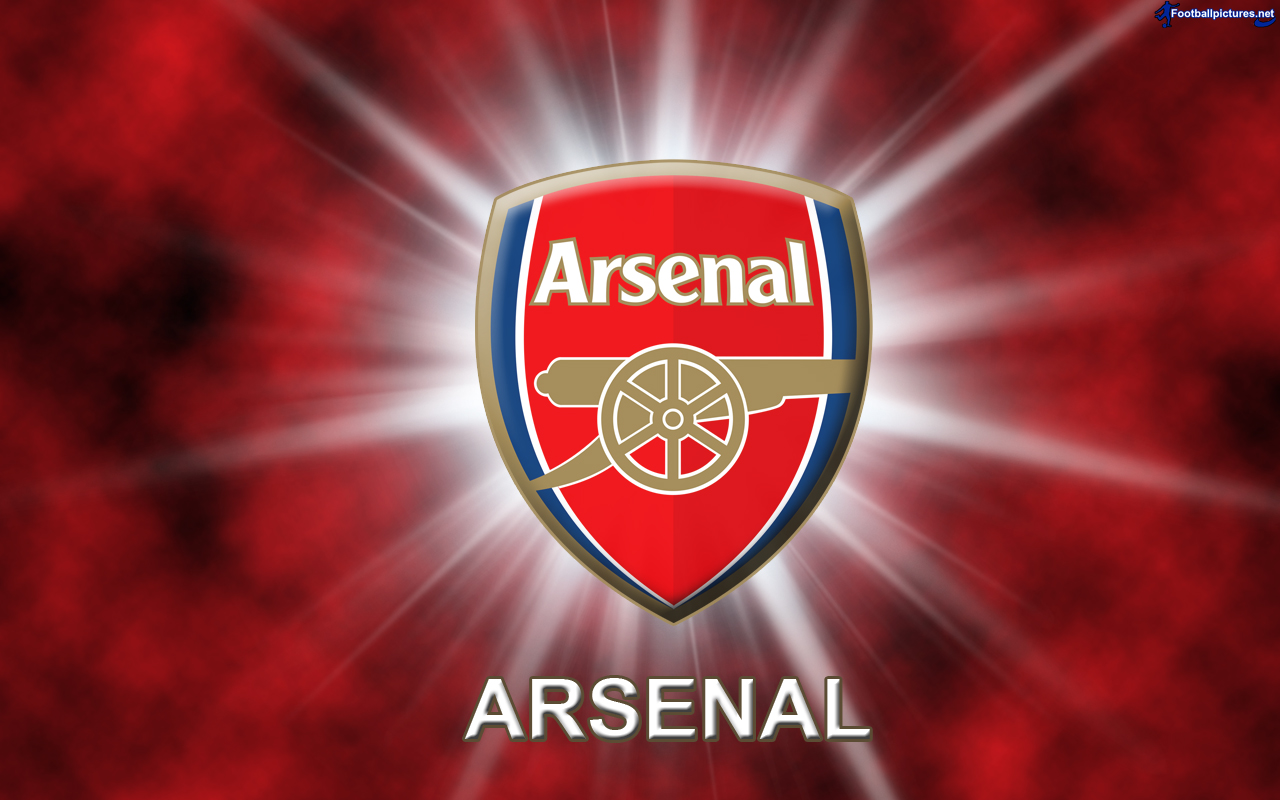One week after the New York Times showed an uglier side of Minnesota via some racist hot takes on the resettlement of Somali refugees in St. Cloud (“These people aren’t coming from Norway”), which the St. Cloud Times’ editorial board righteously refuted,Minnesota Gov. Tim Walz stood on a stage on West Lake Street in south Minneapolis and, in front of a thousand or so Somalis and Somali-Americans, proclaimed, “Minnesota is now the home of the largest Somali population outside of Somalia.”
Cheers erupted and hundreds of Somali flags cut through the humid Minnesota night, waving wildly as Walz read from his proclamation celebrating Somalia Independence Day and Week. Observed annually in Somalia on July 1, the date celebrates the unification of the Trust Territory of Somalia (the former Italian Somalia) and the State of Somalia (the former British Somaliland) on July 1, 1960, which formed the Somali Republic.
“They emigrated from Somalia to Minnesota, bringing culture, bringing a work ethic, bringing music, bringing a [vision] to America that is something that we value here in Minnesota,” said Walz. “Minnesota is proud to [be part of] the larger Somali community, which has contributed greatly to the cultural proper and demographic landscape of our state through art, through business, through education, through social services and academic excellence.”
Presented by the Somali youth organization Ka Joog, Saturday’s Somali Independence Day Festival is the largest of its kind in North America, and kicked off a week’s worth of events. MinnPost took in the festival, in interviews and photos:

“I’m here because I love Somalia and because I love America,” said Kadar Muse, waving the Somali flag as Gov. Tim Walz spoke at the Somali Independence Day festival on West Lake Street in Minneapolis Saturday evening.

Khalil Mohamud: “I’m celebrating Somalia Independence Day [by] selling Somali flags from my store… It feels good to walk around with the flag; Somali Independence Day celebrates when the Somalis took their freedom from Italy. They used to be colonized by Italy, but when Italy go out from the country, we put out this flag and removed the other flag.”

Zamzam Ali: “I am community outreach worker for Hennepin Health Insurance, helping people to learn, and to connect, and to know about Somali culture and organizations. It is very important to us to celebrate Somali Independence Day, because we are here in America, but the younger kids need to know about Somali history.”

Mohamed Farah, executive director of the Somali Independence Day celebration: “The event has been going on for ten years. The theme is education and building community ties, so it’s building connections and trust within the community, but also between the Somali community and the general public. This is the largest Somalia gathering that happens every year, and the largest in the United States. It’s a really multicultural event to build that connection and trust. There’s enough fear in the world.
“Somali Independence Day is part of Somali week. [Sunday] we’re going to Fargo-Moorhead and doing an event there, and on Tuesday we’re going to have a young professionals network in St. Paul. In Moorhead, we’re showing a documentary called ‘Somalia: A Nation of Poets,’ which shows how art has been used in Somalia and how it is used today. The event is called ‘Xasuuso 1960,’ or ‘Remember 1960.’ 1960 is when Somalia took its independence, so not only are we talking about Somalia’s independence, but also about the relationship between Somalia and the United States dating back to 1960 to 2019, because one of the biggest supporters of Somalia on the global stage has been the United States.”

Governor Tim Walz read from his Somali Independence Day proclamation Saturday in south Minneapolis.

Somalis and Somali-Americans celebrated in south Minneapolis Saturday.

Ubah Keynan with (seated) her husband Ahmed and children Ilyas and Yasmin: “We’re with the Minneapolis Public Schools booth. Somali Independence Day teaches our kids our heritage and even though we’re not in Somalia, we just feel like it’s important to celebrate the music, the culture, the food, and have that proud moment of Independence Day. Every year we wear the flag, and we do anything to show we’re celebrating.”

Somali flags were the décor of choice for many Somali Independence Day festival attendees.

D.H. Ulusow and Hamsa Hussen. “I’m Somali, and I’m American, so this week we get to celebrate both,” said Ulusow. “I’m so happy to celebrate both America independence on July 4 and Somalia independence on July 1.”

Suwlis Siyad: “I love the flag, it makes me happy, it makes me speak for my country today. Today, Somalia is speaking to the world. Somalia is beautiful. It’s coming back. We need to tell the kids about Somalia, because in Somalia they don’t celebrate that much. But every July 1st is a day to remember and a day to hold tight about back home.”

Minneapolis Office of Immigrant and Refugee Affairs director Michelle Rivero (seated) helmed the OIRA booth.

Abdul Mohmead: “I am one of the planning directors of the event. It’s a great opportunity to break barriers, promote diversity and inclusion, and really get the community out to experience culture and tradition and celebrate each other. Somalis have been here for decades now. This is a place they call home, but also it’s good to remember where you came from. It makes where you are currently more valuable, in a sense.”

Osman Ali Mohamed: “This is a nomad hut from the Somali Museum of Minnesota.
“The dancers perform a traditional dance around and in it, and we have poets and songs from the traditional Somali farmer side. I’m the founder and executive director of the Somali Museum, which has many artifacts to see, and is the only Somali museum outside of Somalia. Nowhere else in the world is there a museum of our size, and we do events, and teach weaving, and dances, and traveling exhibits that go all around Minnesota and outside Minnesota.”
SOURCES: Minnpost





